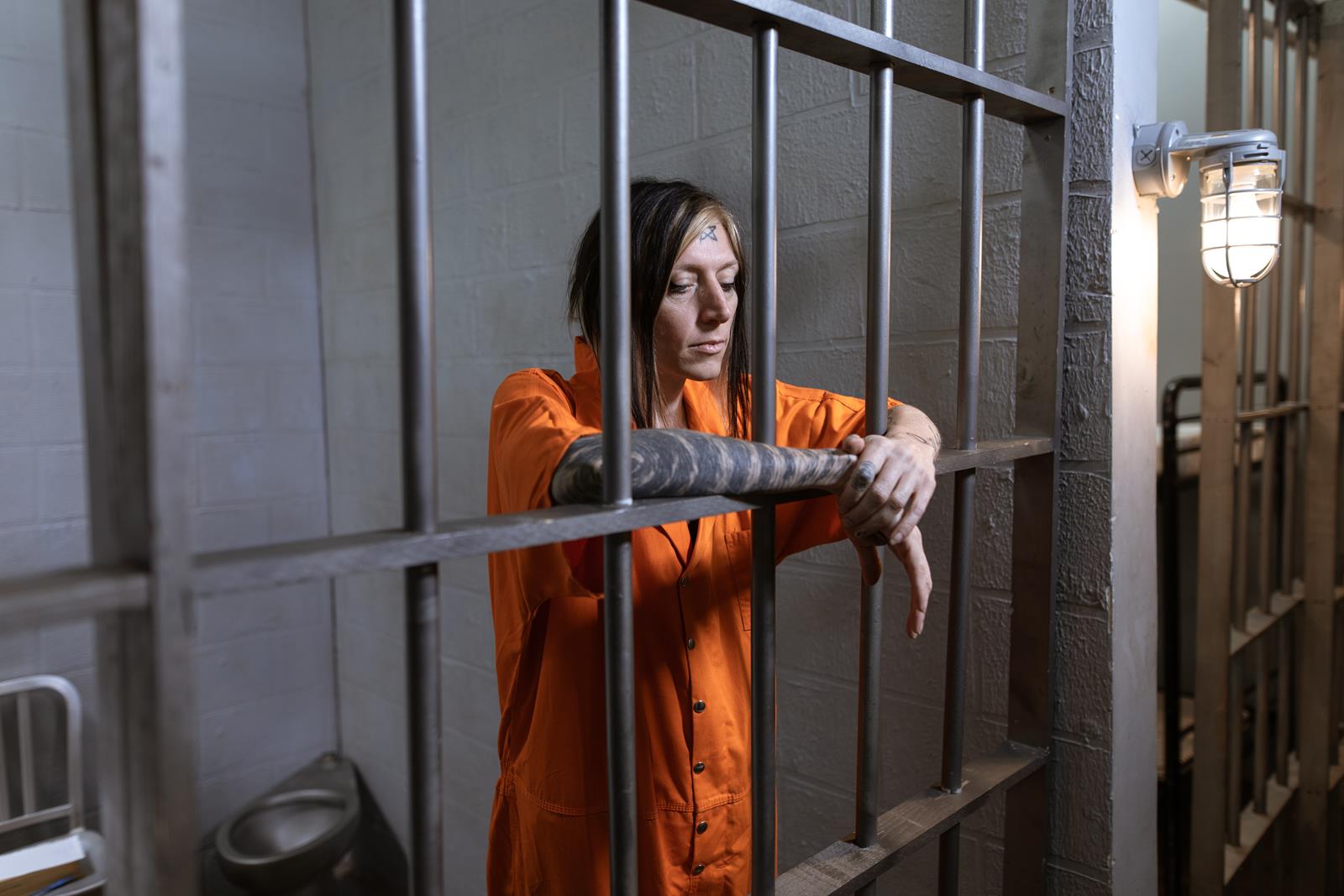Criminal law is a broad term that covers the many laws, institutions, procedures, policies, and practices in play prior to, during, and subsequent to the commission of an illegal act. Rather than having just one major body of law regulating criminal activity, there are now several distinct branches of the law. In contrast, during ancient times, criminal activities were settled privately, often through blood vendettas and trial by ordeal for various crimes. Today, the criminal justice system in many nations has developed into a comprehensive system of government prosecution and punishment for criminal activity.
Criminal justice incorporates many related disciplines to law. They include police administration, corrections, homeland security, victimology, forensic psychology, statistics, prevention, national security, attorney management, correctional, research, prosecution, incarceration, forensic science, psychology, statistics, research on the victims of crime, and corrections. The study of these different areas may give clues as to why and how criminal conduct takes place. Each area of criminal justice addresses specific issues, such as the definition of terms such as crime and delinquency, as well as problems related to identifying and reducing criminal conduct. Criminologists who specialize in any one of these areas provide the authorities with statistical data and ideas about how to prevent crime.
Many state and local governments have established research initiatives aimed at combating juvenile delinquency. In fact, the United States Department of Justice leads a number of such nationwide initiatives. Some of these research initiatives to monitor the Nation’s youth, while others research the causes of increased juvenile delinquency or devising methods to decrease it. Experts involved in juvenile delinquency prevention and intervention generally conduct public-based research initiatives, while those employed by the National Institute of Justice to conduct scientific studies aimed at developing new approaches and strategies for dealing with criminals.
In the field of criminal justice, there are two main fields: arrest offenses, which include arrests for crimes such as robbery, drug possession, assault, disorderly conduct, and sexual abuse or violence; and conviction offenses, which includes the majority of convictions for felonies and other serious crimes. Because each State carries its own laws governing arrest and prosecution of crime, expert testimony is needed to interpret these laws. A defense lawyer, for example, can explain the meaning of a law that is relevant to his or her client’s situation. Similarly, an expert in forensic pathology can explain why certain procedures, techniques, or products are used in a given instance.
Another component of the criminal justice system is law enforcement. Many police departments and the Bureau of Alcohol, Tobacco, Firearms and Explosives (ATFE) are established to enforce the law. The goal of law enforcement officials is to apprehend criminals and prevent crime from occurring. Many local law enforcement agencies are created to address particular crimes in certain areas or to serve as an advocate for victims of crime.
Another important component of the criminal justice system is the Bureau of Alcohol, Tobacco, Firearms and Explosives (ATFE). Established in response to increasing gun violence throughout the country, the ATFE serves as a coordinate enforcement agency that interferes with transnational organized crime through licensing and regulation of firearms and explosives. Weapons violations, including firearm trafficking and use, are punished by prison sentences. The state also possesses various restraining orders that prohibit individuals from owning firearms.
The final component of the criminal justice response is the specialized investigative unit. This unit is charged with investigating crimes and uncovering the perpetrators. In many cases, the criminal justice response requires the collaboration of various different law enforcement entities in order to ensure that a case is effectively handled. Some examples include state and federal agents, forensic experts from local law enforcement agencies, and specially trained nurses.
The various branches of law enforcement and the various ways in which they investigate crimes are formidable barriers to the prosecution of criminal activity. For this reason, it is important that victims come forward and report crimes whenever they become aware of such incidences. As such, victims must be provided with information and resources that will allow them to identify and apprehend criminals. With the resources and expertise of qualified law enforcement personnel and investigative experts, victims can receive justice and live free from the threat of firearms crime.
